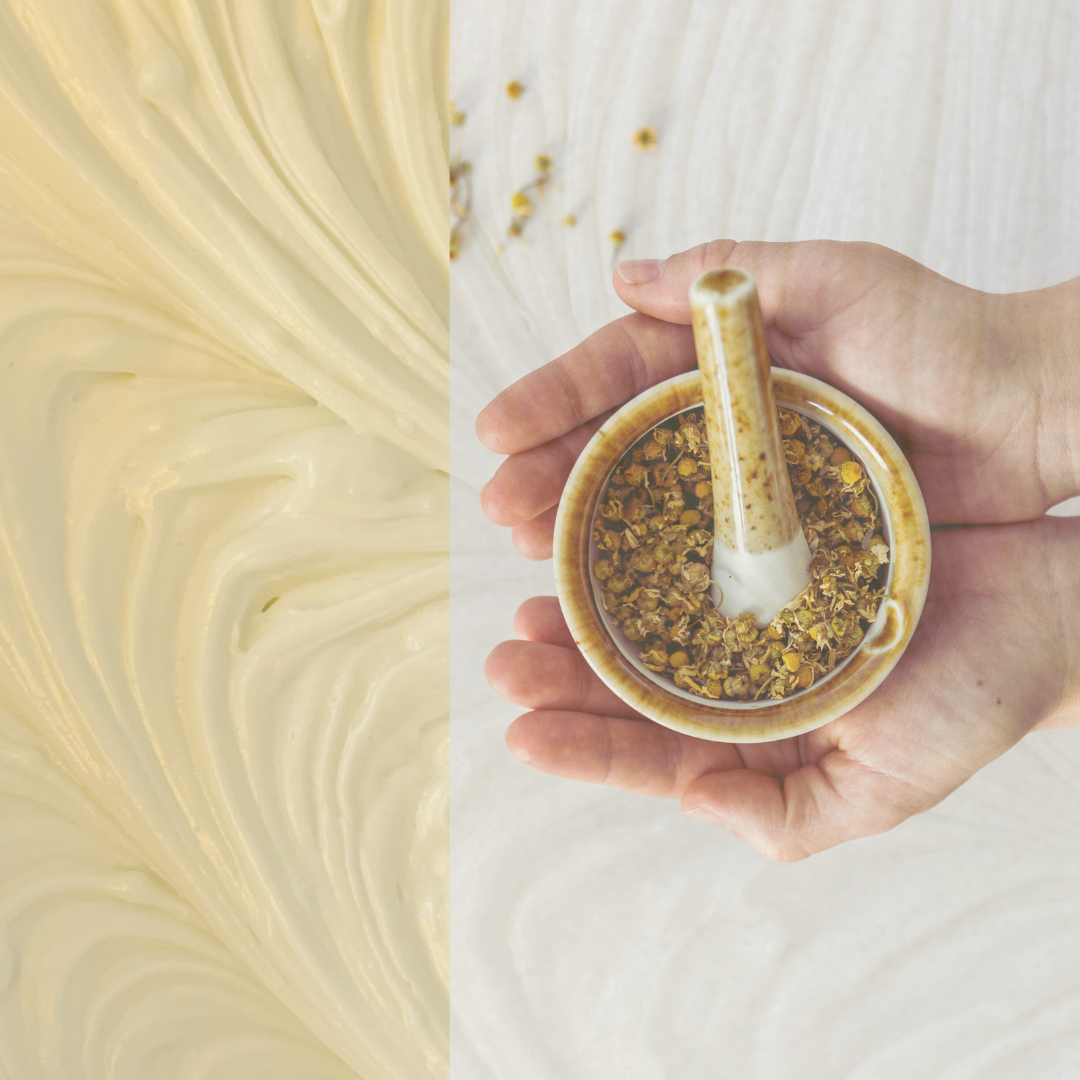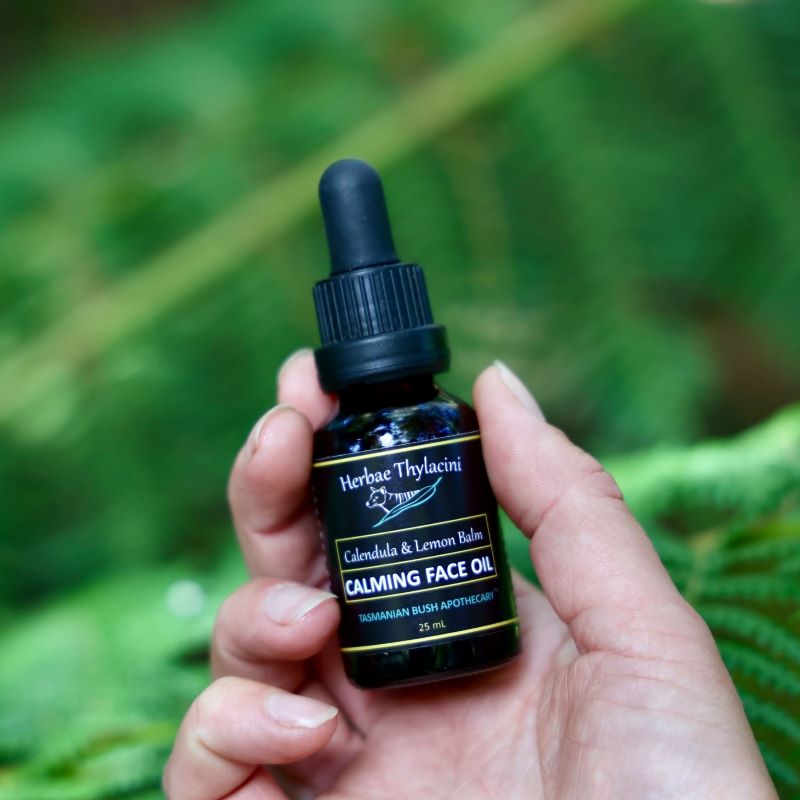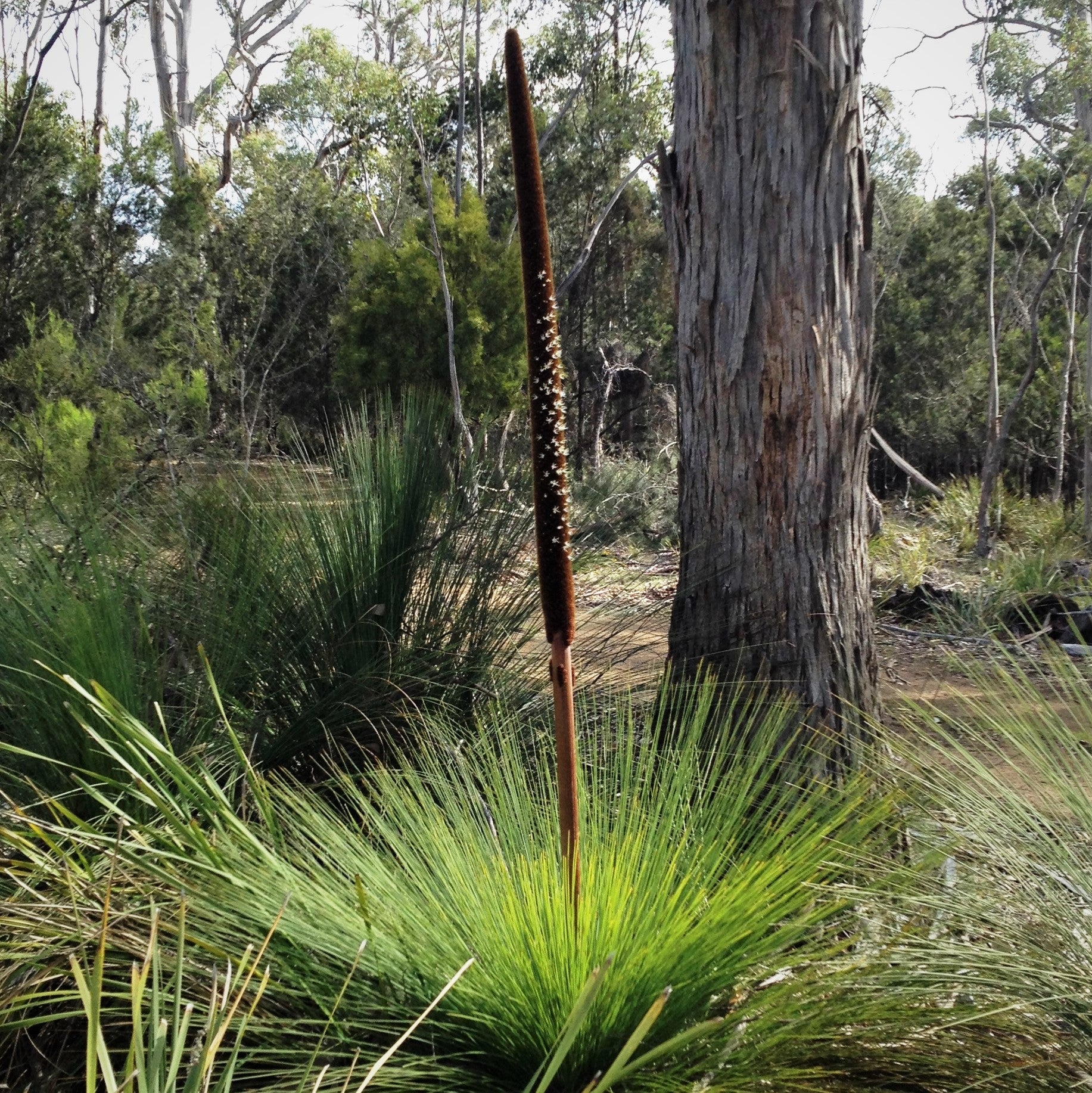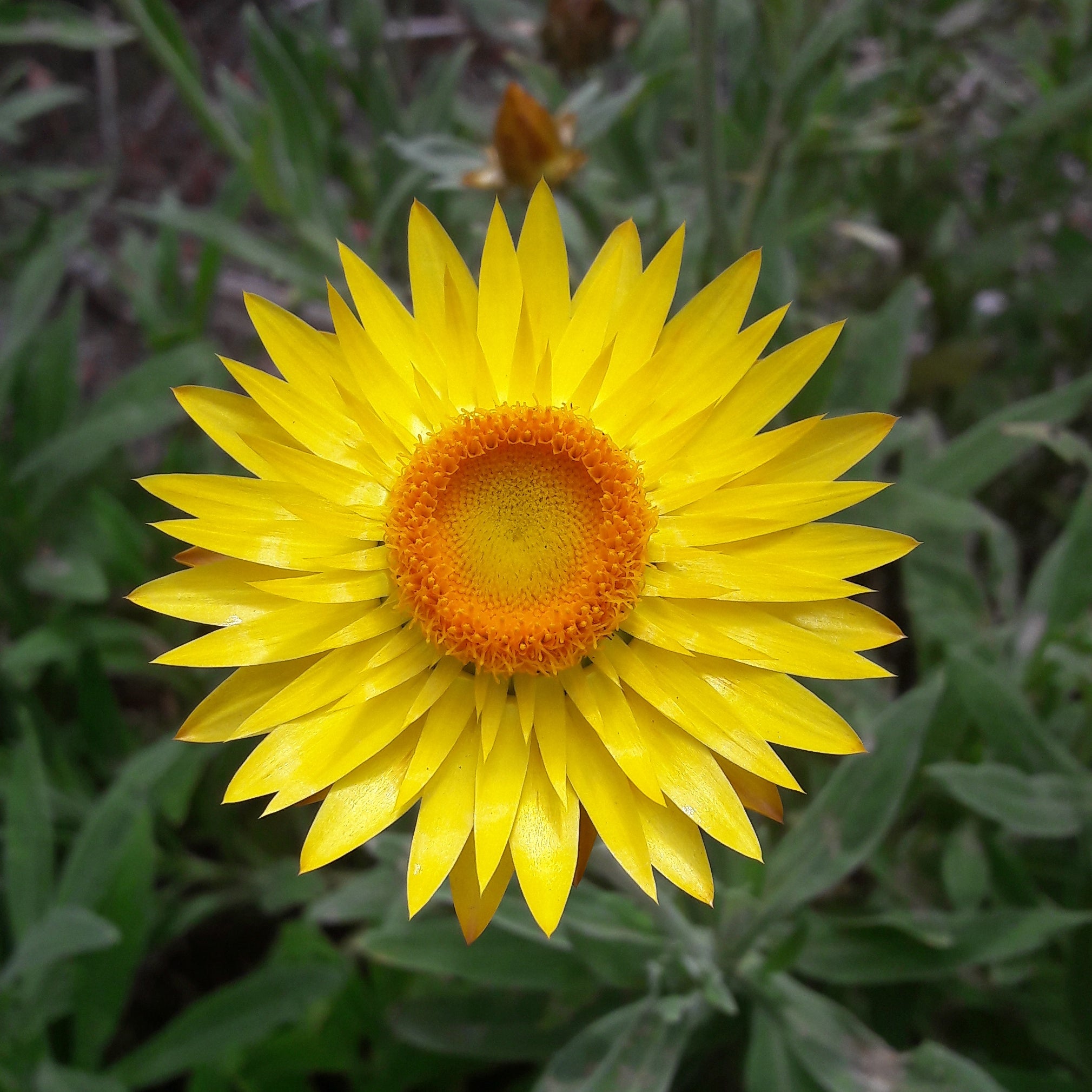
Centaurium erythrea (Gentianaceae): Untouched by wallabies
One of the most essential things for a Tasmanian gardener is… a fence. Indeed, try not to guard your veggies and fruit, and instead of filling your belly, you can be sure you will satiate all the wallabies living around. In fact, wallabies will also eat plants you did not sow; one quick look around our house and I can see many of them had been nibbled on. There is one, however, that remains untouched. Inconspicuous at a first glance, this plant has small pink petals with bright yellow stamens protruding from the middle of the corona. It is called Centaurium erythrea (Gentianateae).
Centaury, as it is called in common English, is native to Europe and was introduced to Eastern Australia, where it naturalized. Although it looks like a little angel, the reason for the wallabies to pass it by is not its appearance but its incredibly bitter taste. In my native Czech, we call this plant “zemezluc” literally meaning “the bile of the Earth”.
From the chemistry perspective, so called iridoid compounds, such as erythrocentaurin and swertiamarin, are responsible for the bitter taste. On the one hand, the iridoids produced by plants act primarily as a defense against herbivores, hence the lack of wallabies’ interest. On the other hand, its bitter taste makes centaury an excellent remedy for a diseased stomach. The bitter compounds increase production of bile and digestive enzymes, thus contributing to a better digestion. It is indicated for the treatment of mild dyspeptic and gastrointestinal disorders and in temporary loss of appetite. The top part of the stem with the flowers is harvested for the medicinal purposes.
Centaury has been researched by many. It has been shown to be effective in lowering levels of blood sugar and lipids [1], to heal upset stomach after excessive use of aspirin [2], some pointed out centaury’s antibacterial effects [3], and researchers even explored centaury’s essential oil [4].
Even though centaury is not native to Australia, and some might even consider it a weed, it is a plant with a huge medicinal potential. Next time you see centaury growing around your house, harvest and dry a few stems. They will make up for an excellent tea for when you eat too many Easter cross buns.
References
[1] Stefkov, G. et al. J Ethnopharmacol. 2014 Feb 27;152(1):71-7.
[2] Tuluce, Y. et al. Toxicol Ind Health. 2011 Sep;27(8):760-8
[3] Kumarasamy, Y. et al. Phytomedicine. 2003 May;10(4):344-7
[4] Jerkovic, I. et al. Molecules. 2012 Feb 20;17(2):2058-72





